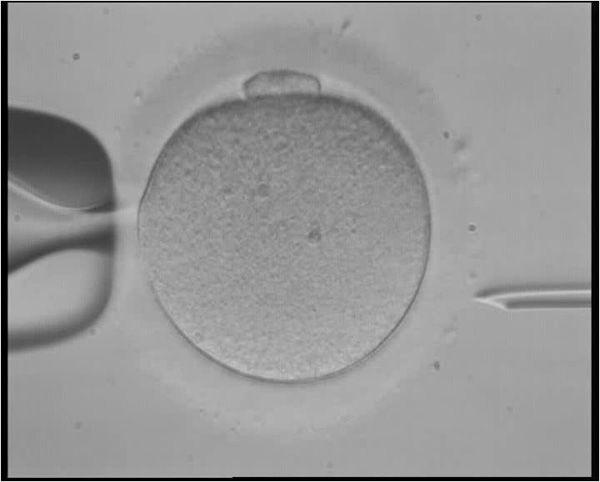Using a new technique which combines the genetic material from three people, a baby boy with three biological parents has been born. Now five-months-old, the boy carries DNA from his mother, his father and a third egg donor.
The groundbreaking technique will allow parents with rare mitochondrial mutations to have healthy children. While the technique is currently only approved in the UK, embryologists say the birth of this child will spur more approvals around the world.
The mother of the child carries a mutation for a fatal nervous system disorder known as Leigh syndrome in her mitochondrial DNA. As mitochondrial DNA is passed down through the maternal line, any naturally-conceived children could inherit the life-threatening mutation.
Approximately 25 percent of her mitochondria contain the gene for Leigh syndrome, however the disorder does not affect her. After her first two children died as a result of the disorder, the Jordanian couple sought the help of New York City-based fertility specialist, Dr. John Zhang of the New Hope Fertility Center.
In order to prevent the mitochondrial disease, Zhang and his colleagues have been developing various three-parent techniques. Pronuclear transfer – the method that is currently approved in the UK – involves fertilizing the mother’s egg and a donor egg with sperm collected from the father. Each nucleus is removed from the fertilized eggs before they move into early-stage embryos, and the nucleus from the mother’s fertilized egg is used to replace that taken from the donor’s embryo.
In this case, since two embryos are destroyed in the pronuclear transfer process, it was an inappropriate procedure for the Muslim parents. Instead, Zhang removed the nucleus from a donor egg and replaced it with the nucleus from the mother’s egg before fertilization. In a process known as spindle nuclear transfer, the resulting egg was fertilized with the father’s sperm.
Since the technique is not currently approved in the US, Zhang and his team travelled to Mexico to complete the procedure. According to Zhang, his decision to use the three parent technique was the right one. “To save lives is the ethical thing to do,” said Zhang.
The boy is showing no signs of Leigh syndrome and less than one percent of his mitochondria were found to carry the disease-causing mutation. Zhang is hopeful that this will be too few copies of the mutation to cause symptoms, as 18 percent of mitochondria must carry the gene before the disease manifests itself.
While this technique appears to be safe so far, reproductive medicine has had a less-than-perfect track record when it comes to experimental procedures. In the 1990s, a three-person technique – whereby mitochondrial DNA from a donor was injected into a fertilized egg – resulted in babies with genetic disorders. While the technique was eventually banned, some believe that the problems were a result of the babies’ cells containing two sets of genetically-distinct mitochondria.












Join or login to leave a comment
JOIN LOGIN